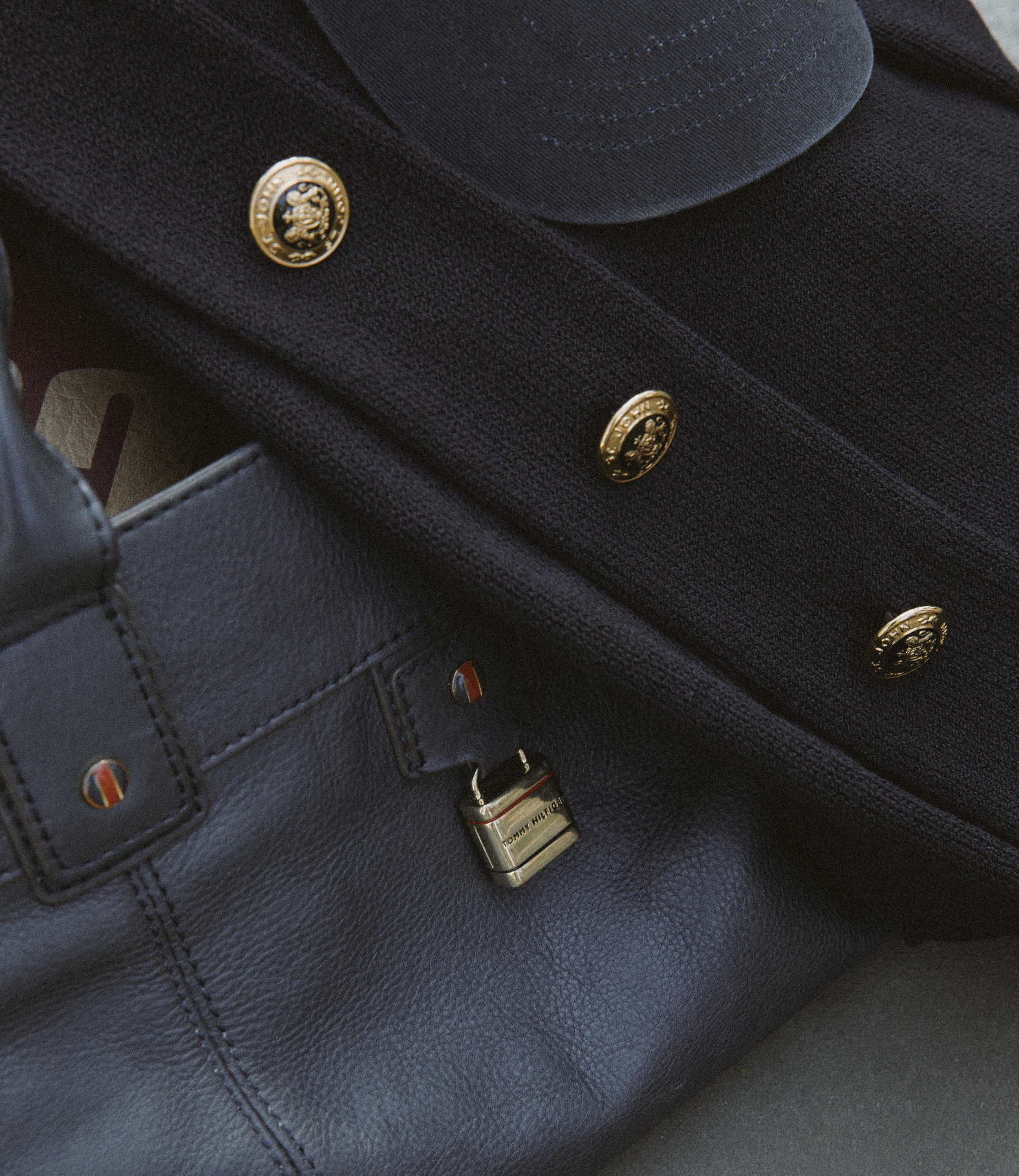The Value of vintage: why secondhand pieces are smarter investments
True style has very little to do with what is currently hanging in the windows of a boutique.
It is instead, about curation.
A trained eye to recognize craftsmanship, an appreciation of history, and dressing with intention while upholding the commitment to refuse what is simply “new”. At Conrad Campbell, we believe the most compelling wardrobes are built not made by chasing the next fad, but rather by investing in pieces that already hold the bar of integrity, conviction, and timeless appeal. For those of us who live and breathe vintage, the value of secondhand is not only aesthetic, it is an act of discernment, and a smarter investment of both taste and resources.
Beyond the Trend Cycle
Fashion today churns at an exhausting pace, collections dropping as quickly as they vanish into the sale racks. A piece purchased in leu of a social media influencer is already halfway to feeling dated by the time the item reaches you. By contrast, vintage has already proven its resilience. Any vintage item that still holds allure today, has transcended fashion’s fleeting marketing wheel. When you purchase secondhand, you invest in something that has already outlived decades of trend cycles, and will continue to endure.
Choosing secondhand is choosing permanence. It quietly reflects a deeper understanding of fashion, sustainability, and cultural literacy. Conrad Campbell views clothing as more than adornment, each piece is a narrative, and conversation with the past. Wearing vintage communicates not only what you’re wearing, but why it matters.
Quality That Endures
Let’s be frank about quality. There is a clear tactile difference in the way vintage clothing (or even garments from a decade ago) have been made. Fabrics used to be richer, tailoring and dry cleaning were the norm, and garments were constructed not only last, but to be passed on. Compare the seams of a mid-century cocktail dress or the drape of a vintage wool coat to their modern fast-fashion counterparts, and the difference is shocking. These pieces were created to endure decades of wear, protect your investment, and extend far beyond a single season. That longevity meant your hard earned money yielded a return in the form of wearability and continued beauty.
Rarity as Luxury
The most coveted luxury is surrounded by scarcity. While the contemporary markets flood mass production, vintage pieces very often offer true uniqueness. These garments cannot be reordered, restocked, or remade. Their rarity is what makes them understatedly powerful in a sea of sameness. True luxury is not about excess, but rarity. Vintage garments are inherently scarce, with originals from designers whose archives are closed, silhouettes no longer produced, details and materials, that today, would be too costly to replicate. There is a certain magic when wearing a secondhand piece when someone asks “Where did you get that?” the complementing question that comes with a satisfying reply that signals that the item is so unique it cannot be purchased again. A vintage piece is more than clothing, it is a display of discovery, a signature of individuality, and a reminder that true style is never about having what everyone else can have, but about curating what only you can claim.
The Art of Spending Well
From an investment perspective, vintage is remarkably valuable. Consider the resale: while most new retail garments lose the majority of their value once the tags are removed and worn, vintage often appreciates. From a purely practical perspective, while most new retail garments, much like a new car, immediately lose their worth, secondhand pieces from iconic designers only grow more covetable with time. Chanel is an excellent example of quality and luxury that, purchased secondhand today, is likely to be worth more in five years, not less. Speaking of designer, secondhand can also allow you to curate a wardrobe far beyond your full price retail budget. Running simple numbers on secondhand vs. retail can have two people in the same tax bracket spend the same amount, one walks away with a fleeting, full-retail item, while the other invests in a high-end designer piece built to communicate the pride of ownership. Choosing vintage is not only an aesthetic decision, it’s becoming an increasingly savvy financial one.
A Statement of Taste and Intention
Buying vintage is a form of honor to the artistry of the past while making a conscious decision for the future. The choice resists the wastefulness of fast fashion and instead communicates longevity, individuality, and responsibility. Every garment symbolizes the beauty that comes without the cost of new production, additional depletion of resources, and is made with superior materials and thoughtful construction. Buying secondhand has become much more than nostalgia it has become the rebellion of discernment. It is choosing timeless over the temporary, the meaningful over the mass produced, and (my favorite) appreciation over depreciation.
The Savvier Path Forward
Purchasing vintage is, at its essence, investing. For the thoughtful dresser, it is the intelligent alternative to the disposable and the momentary. In a world that constantly urges us to buy what is next, the true connoisseur understands: the future of fashion has always been found in the depths of the archives. Conrad Campbell’s role is to curate these treasures. Pieces that will become the cornerstones of your wardrobe, garments that are just as enduring as they are beautiful.
Let’s be honest, the future of fashion has always been found in it’s past.
Jessica Conrad Walsh — Founder, Conrad Campbell
